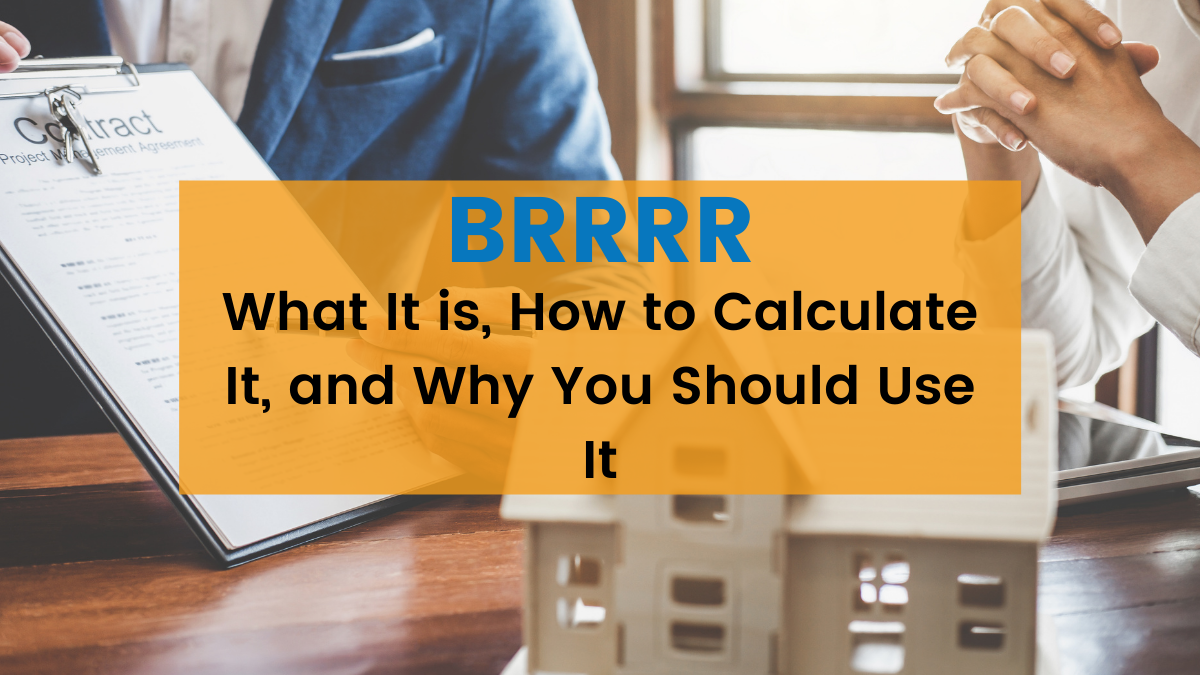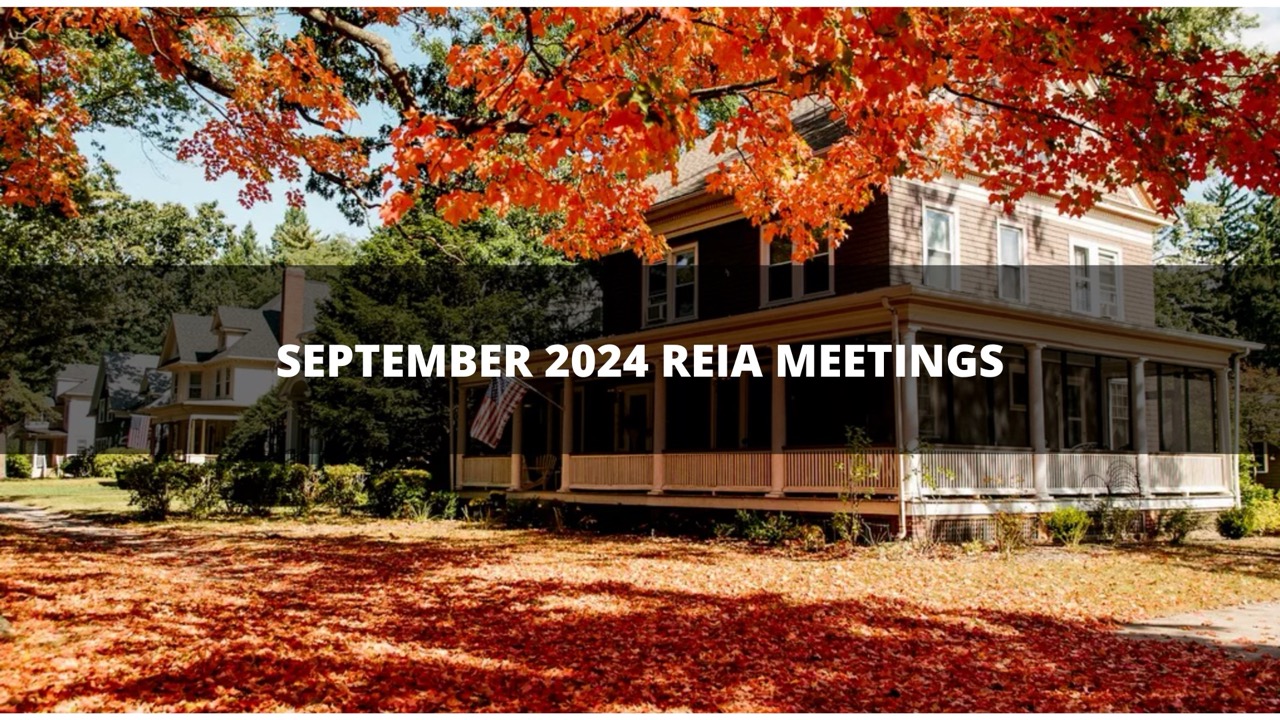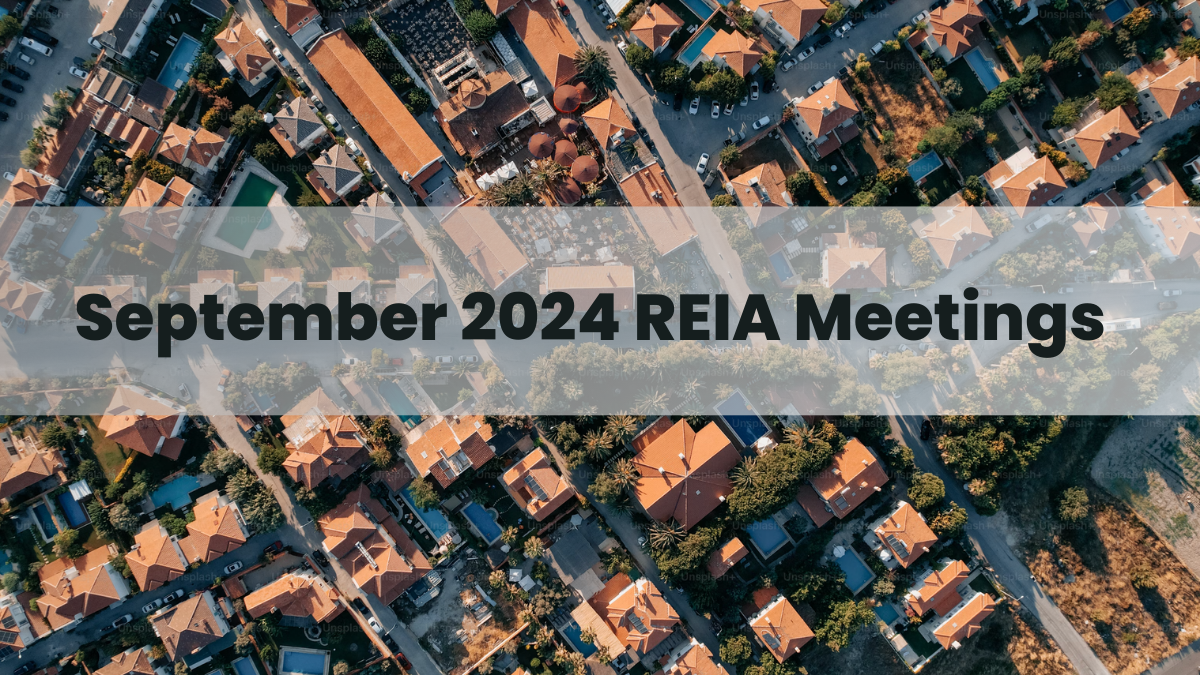BRRRR: What It Is, How to Calculate It, and Why You Should Use It
If you’ve come to this blog post expecting to read something related to cold weather, then you’re in the right place! Not because that’s what this blog post is about, but because you must not be familiar with the BRRRR method of house flipping. The acronym BRRRR stands for the five steps involved in this particular fix-and-flip method: buy, rehab (or finance, but that doesn’t make for a fun acronym), rent, refinance, and repeat. In this BRRRR Calculator blog post, we’ll take a look at each of these steps, suggest ways of completing each step, and end with a discussion of what makes this method so useful. Let’s get to it!

Step 1: Buy
Just like any investment, it all starts with payment. This is often the biggest hurdle for new investors because it can feel scary forking over a large sum of cash for an investment that you can never be 100% sure will bear fruit. The best way to overcome this fear (besides just jumping right into it) is by doing your homework beforehand. You’ll want to start with an official appraisal so you can get an accurate statement of a property’s worth. There is an old adage in real estate that you should never pay more than 70% of the after-repair value (ARV) of a property minus the cost of repairs (to learn more about calculating ARV and the 70% rule, check out our ARV calculator blog post.
Once you have the ARV of the property, you’ll want to select a method of financing. There are several different ways of going about this, but some of the most commonly used methods include getting a hard or private money loan, seller financing, or simply paying cash upfront if you have the money (if you’re interested in securing private funding, be sure to check out Private Money Goldmine. One of the most common ways that people end up with poor investments is by paying too much upfront, so be sure to complete all of the necessary research before acquiring the property.
Step 2: Rehab
This step is where the majority of the legwork will take place. The estimated and actual cost of repairs will vary widely from property to property. Some deals may only require a bit of touching up while others will require a full overhaul. Your goal for the rehab step should be to maximize the return you will be able to get on your investment once repairs are completed while minimizing the cost of those repairs. It may sound obvious, but many investors end up losing profit by spending too much on expensive repairs that don’t add much value to the property when all is said and done. If you’re interested in hearing about some of the specific repairs investors have undergone that led to significant profit, be sure to check out our success stories.
One of our favorite resources for estimating and thinking through repair costs is Home Advisor’s True Cost Guide. This tool will allow you to break down the costs associated with specific repairs relative to your area. For example, you could search how much it would cost to overhaul the fans in a property in Atlanta, and get a price estimate relative to the Atlanta market. The True Cost Guide is a great tool for determining which types of repairs are affordable and worthwhile and which types are ultimately not worth it.

Step 3: Rent
Now we’re getting to the fun stuff! The rent phase is where you begin to recover some of your initial investment by renting your property out to tenants. Possibly the most important part of this phase is screening tenants. You don’t want to end up with uncooperative tenants who don’t regularly make their rent payments in full. While there will always be a degree of uncertainty, working with reliable tenants can make recovering your investment straightforward and avoid adding any unnecessary stress to the process.
While renting out to tenants, you’ll want to have an appraisal completed from time to time. State laws vary how often appraisals are required, but when renting out a property, you never know if and how your property’s value may change (hence why selecting a responsible tenant is so important). By having regular appraisals, you’ll be able to take the steps necessary to ensure that your property value does not significantly diminish over time.
Step 4: Refinance
This is possibly the most delicate phase in the process as it’s where you can end up profiting or losing money depending on what kind of deal you end up getting. You’ll want to borrow on the appraised value of the property for the BRRRR method to work properly rather than based on how much you’ve invested. Like previous steps, it’s important to do your research on what bank can help you refinance best.
Make sure you have all of the necessary information about your property when meeting with the bank. Having a clear and transparent interaction is most likely to lead to success. Fortunately, banks are more willing than ever to refinance rental properties, so you likely have a great shot at securing a good deal in this regard!
Step 5: Repeat
As they say, “it’s back to square one.” While you begin again at the buy phase, no two deals should be too alike. This is for two reasons. Firstly, the nature of real estate investing is that each deal differs from one another. Each property and deal is distinct, and while certain things may carry over, each presents a new experience. Secondly, you should be learning from each deal. As you repeat the BRRRR method, you’ll get more and more experience, and therefore should be improving as you go. Practice makes perfect, but for that to be true, you need to be practicing wisely and growing your skillset as you complete more and more deals.
Why the BRRRR Method?
The advantages of the BRRRR method could be an entire blog post itself, but we’ll discuss some of the major benefits here. What most investors who use the method will probably tell you is that this method tends to result in a high return on investment. You tend to secure good cash flow using this method and often can avoid a high down payment that would often go unrecovered. This is particularly true if you follow many of the guidelines we’ve laid out here. By doing proper research, securing good funding, and refinancing smartly, you’ll easily set yourself up to become an expert as you complete more and more deals.
On the flip side, the BRRRR method could result in low profits, and/or loss of money if you don’t do it properly. Just like many pursuits, doing research is important, but you’re never going to learn as much as you would by going hands-on and doing it yourself. You can read articles all day, but the only way to become an expert is by getting real hands-on experience. Remember, one bad deal isn’t the end of the world. If anything, you’ll have more to learn from and you’ll be less likely to repeat the same mistakes later on.
Thanks for reading, and keep using MyHouseDeals to find those off-market deals that you won’t find anywhere else! Happy, and profitable, investing!






